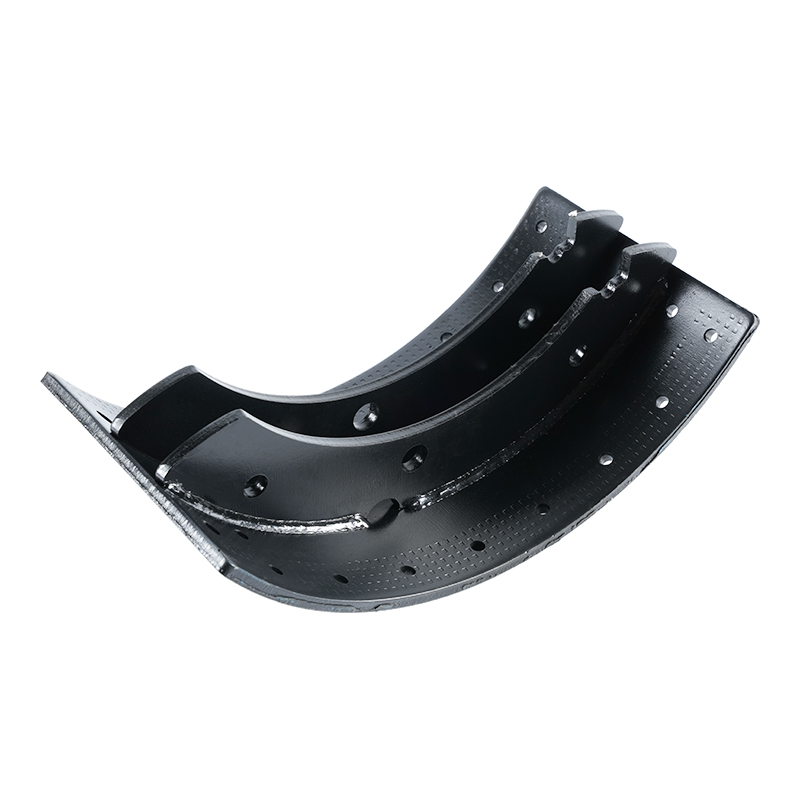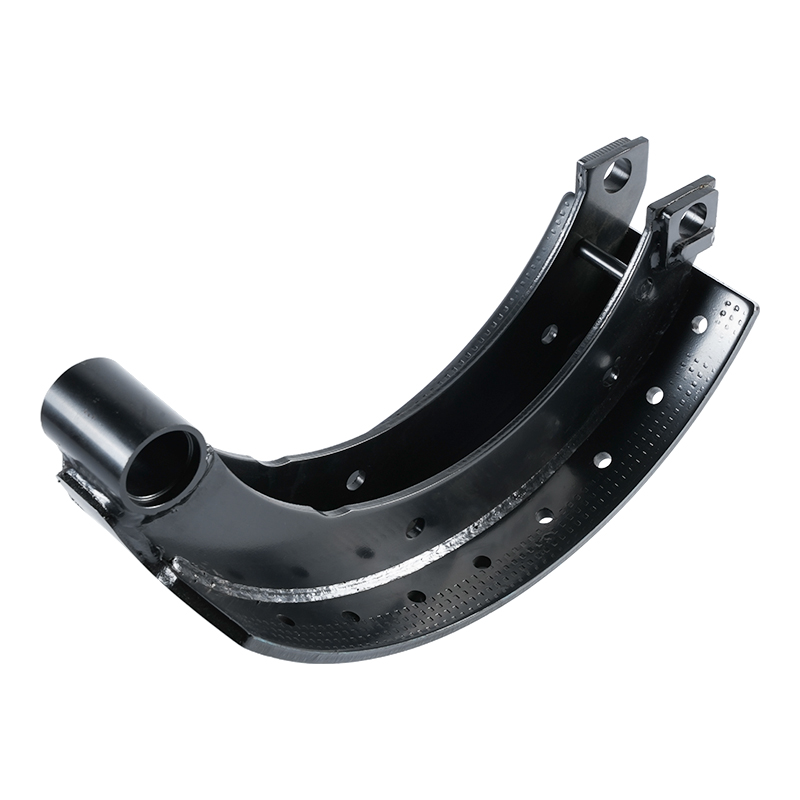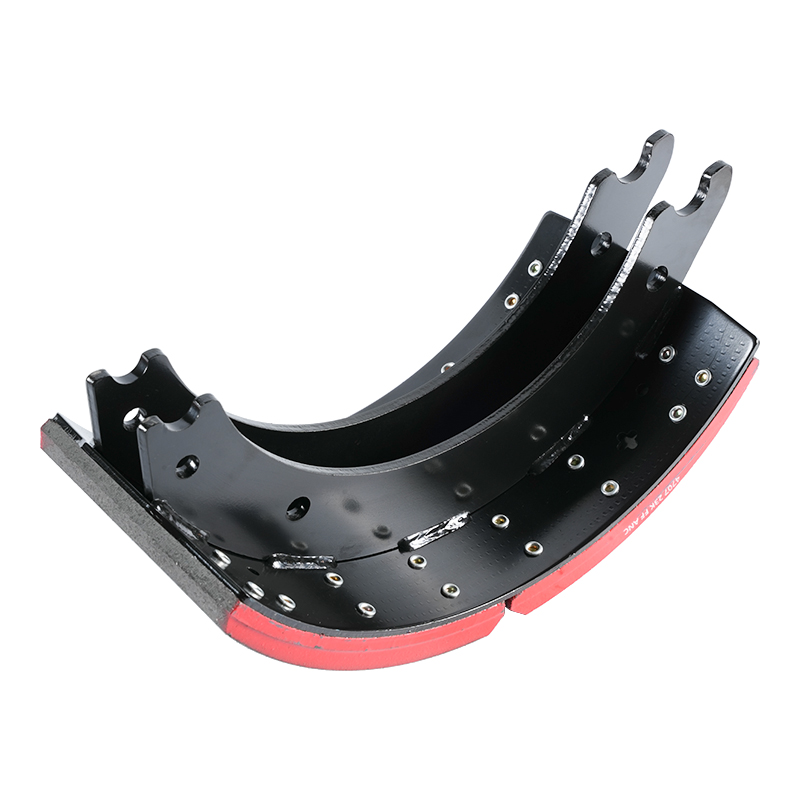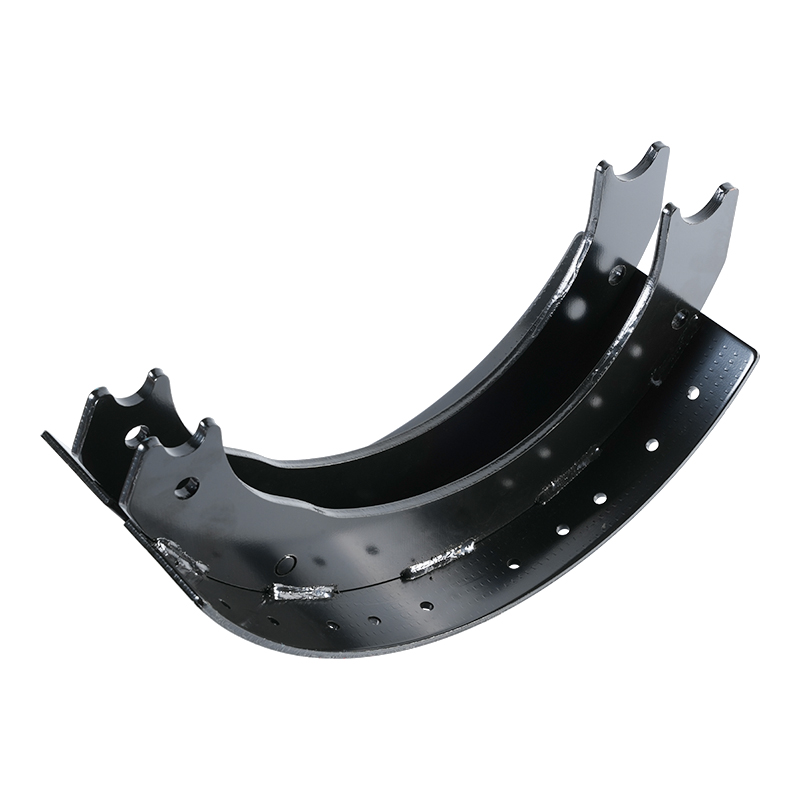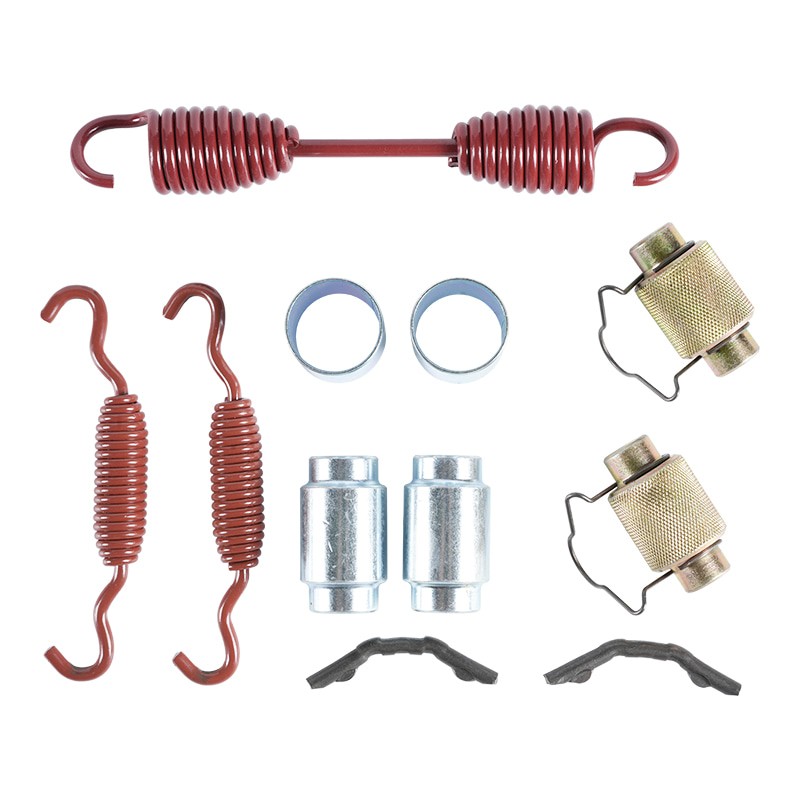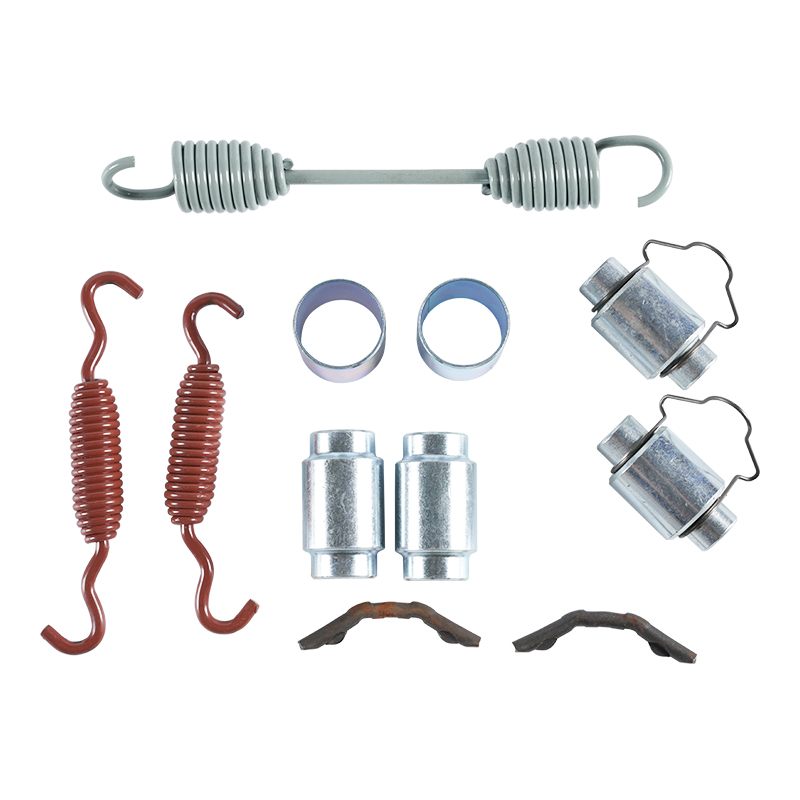Brake linings for heavy trucks and commercial vehicles
 2025.09.17
2025.09.17
 Industry News
Industry News
The Crucial Role of Heavy-Duty Brake Linings
For a heavy truck or bus, the braking system is arguably the most vital safety feature. These vehicles carry enormous loads over long distances, often in challenging conditions like steep grades. Brake linings are the friction material that presses against the brake drum to slow and stop the vehicle. Their performance directly impacts the vehicle's stopping power, heat dissipation, and overall reliability.
On a commercial vehicle, brake linings are a key part of the drum brake system. As the driver applies the brakes, the brake shoes expand outward, forcing the brake linings into contact with the rotating brake drum. This creates the friction needed to convert the vehicle's kinetic energy into thermal energy, which then dissipates as heat.
Key Differences from Passenger Car Linings
The differences in requirements for heavy-duty brake linings are significant:
-
Size and Thickness: They are much larger and thicker than those on a car, designed to handle immense forces and a much greater volume of heat.
-
Material Composition: The friction material is engineered to be more durable and heat-resistant. While passenger cars often use ceramic or semi-metallic pads, commercial vehicle linings may use different formulations to withstand extreme temperatures without "fading," a condition where the brakes lose effectiveness due to overheating.
-
Operating Conditions: Commercial brake linings must perform reliably under constant, heavy use, including frequent braking, extended downhill runs, and high-temperature environments.
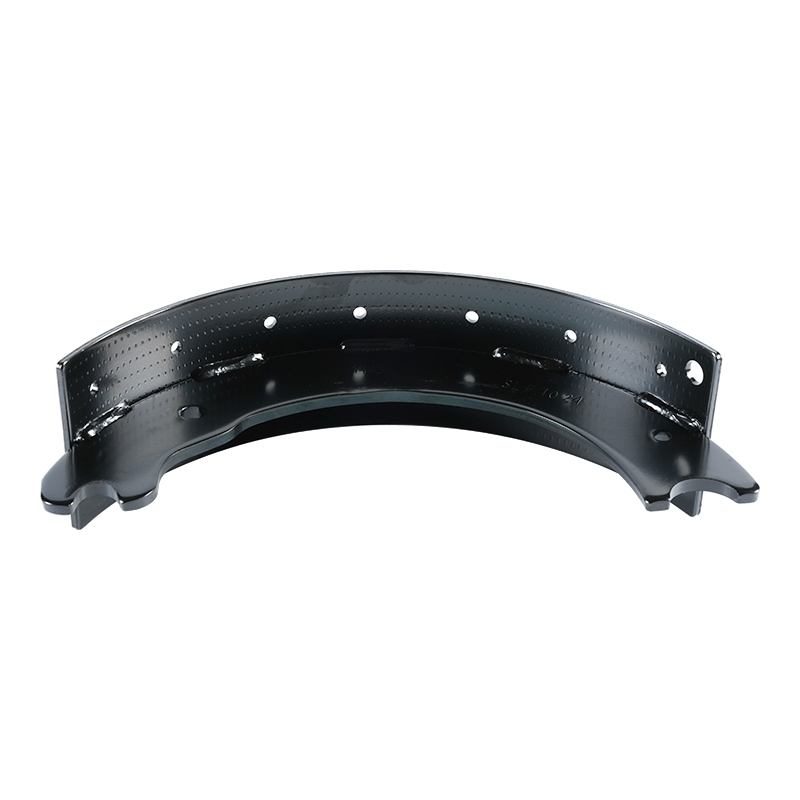
Choosing the Right Brake Linings: What Professionals Look For
Selecting the correct brake linings for a heavy truck is not a one-size-fits-all decision. Professionals and fleet managers consider several factors:
-
Friction Rating: This is a crucial metric, often expressed as a letter code (e.g., FF, GG). It indicates the friction coefficient of the material. A higher rating means more stopping power, but it also generates more heat and can cause increased wear on the brake drum.
-
Application: The type of vehicle (tractor-trailer, bus, dump truck) and its typical use case (long-haul, urban delivery, off-road) dictate the ideal lining. An urban delivery truck with frequent stops needs a different type of lining than a long-haul truck that primarily uses engine brakes.
-
Compliance and Regulation: In many regions, commercial vehicle brake components must meet strict safety standards and regulations (like FMVSS 121 in the U.S.). Using approved brake linings is not just a safety measure but a legal requirement.
-
Manufacturer and Quality: Reputable manufacturers conduct rigorous testing to ensure their products meet performance and safety standards. Opting for high-quality brake linings from a trusted brand can prevent premature wear, improve safety, and reduce maintenance costs over the long run.
Maintenance and Inspection
Regular inspection of brake linings is non-negotiable for commercial vehicles. Technicians check the thickness and look for signs of uneven wear, cracking, or damage from contamination (like oil or grease). Neglecting to replace worn-out linings can lead to metal-on-metal contact, damaging the brake drum and creating a severe safety hazard.
In conclusion, the topic of brake linings for heavy trucks / commercial vehicles is a field of precision engineering and critical safety. Understanding the unique demands placed on these components is essential for anyone responsible for the maintenance and operation of a commercial fleet.

 Eng
Eng  中文简体
中文简体
